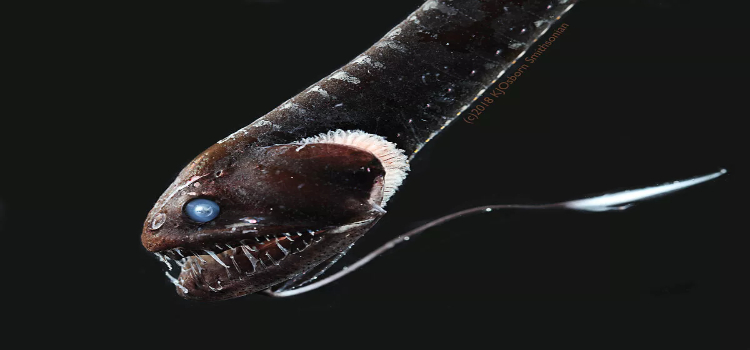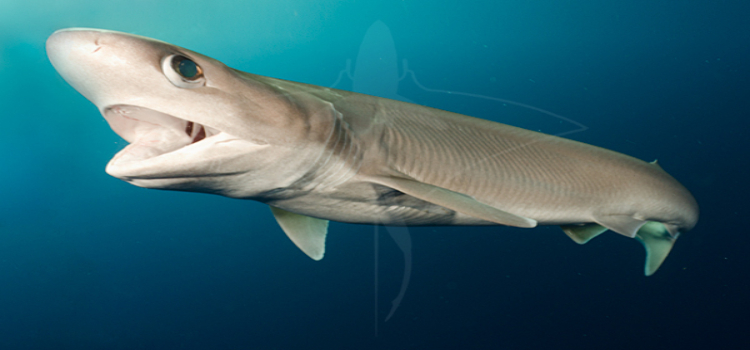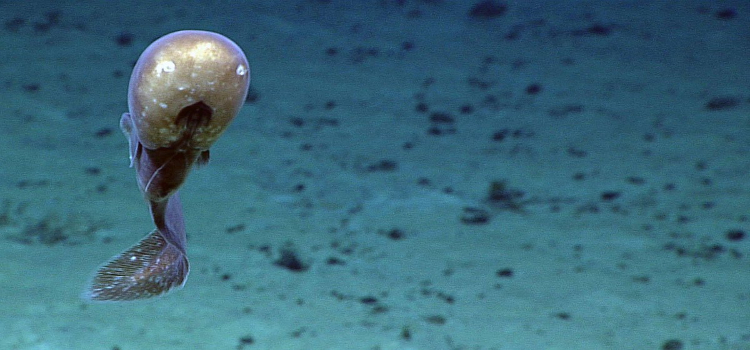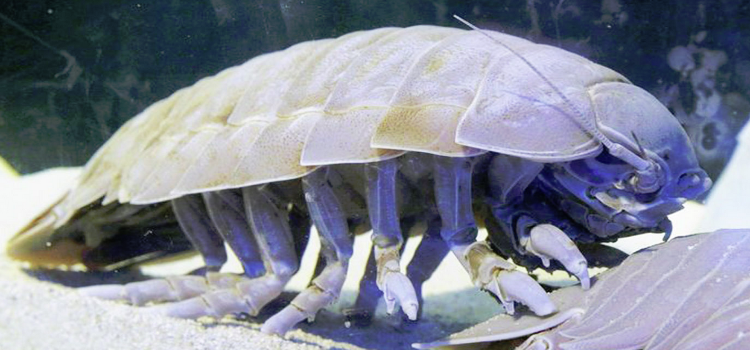Deep sea, remains an unknown and mysterious domain that hasn’t been explored, and potentially holds unlimited surprises, for much attention has been given to exploring space, whereas earth’s own oceans have remained unexplored.
Researchers have Alexander Davis of Duke University, have discovered an ‘ultra-black’ fish along with 16 other species that live on the ocean floor at great depths and have developed a skin that effectively absorbs 99.5 per cent of the light, making these creatures almost invisible at such ocean depths where candela count is intensely low.
- Ultra-black fish
This species was found living at the depths of around 200 to 2,000 meters and only appear as a silhouette as their skin absorb much of the light and reflect less than 0.5 per cent of light. According to Mr Davis the skin of this species plays a dual role of scattering and absorbing the light, making it much more difficult to photograph.

Moreover, cold-blooded animals with normal black skin have tiny pearl-shaped melanosomes, whereas ultra-black ones are larger, more tic-tac-shaped.
- Vampire Squid
The Vampire Squid is a small cephalopod found throughout temperate and tropical oceans in extreme deep sea conditions. It has a maximum length of 30 cm (1 ft), whereas its color can vary from jet-black to pale reddish.

Vampire squids are not predatory in nature, and feed on food particles that it captures using sticky cells on its long tentacles. One thing that differentiates them from shallow-water (regular) squids and octopuses is that they don’t expel black ink to escape any danger, but instead release a liquid that contains bio-luminescent particles that confuses and startle the predator.
- Sixgill Shark aka Cow Shark
Sixgill Shark also known as Cow Shark, is a deep sea shark that resides in tropical seas at great depths of up to 2,500 ft (760m) and is named ‘sixgill’ as it six pairs of gill slits. They have been found inhabiting Galicia and Cantabrian Sea, NE Atlantic.

Sixgill sharks are carnivorous predators, feeding mostly on cephalopods, crustaceans, fish, and rays, and some marine mammals. On various occasions Sixgill sharks, for unknown reasons, have been found in shallow waters of up to 100 meters, and are often killed by fishermen, something that can contribute to their over-fishing or even extinction as they have low reproductive rate.
- Faceless Cusk eel
Faceless Cusk eel, is a mysterious deep sea creature found in the Indian and Pacific Oceans at depths from 3,935 to 5,100 meters. As the name suggests, this mysterious sea creature lacks primary facial features.

The species, apparently has a protrusible mouth under its body, two pair of nostrils towards the front of its head. It has a reduced dorsal and anal fins and lacks a caudal fin.
- Giant Isopod
Giant Ispod can easily be called ‘Megalodon of the bug world’ that are found in Atlantic, Pacific, and Indian Oceans at depths of up to 2140 meters (7,020 ft). Giant Isopods are significantly greater in size and can be measured up to 36 centimeters (14.2 inches).

They can survive without food for extended periods of up to four years. Giant Isopods are carnivores feed on fish, crab, shrimp, squid, sponges, and whale carcasses that fall to the seafloor.
They have the ability to curl up into a ball so that only the tough exterior shell is exposed in case of any danger.


















































